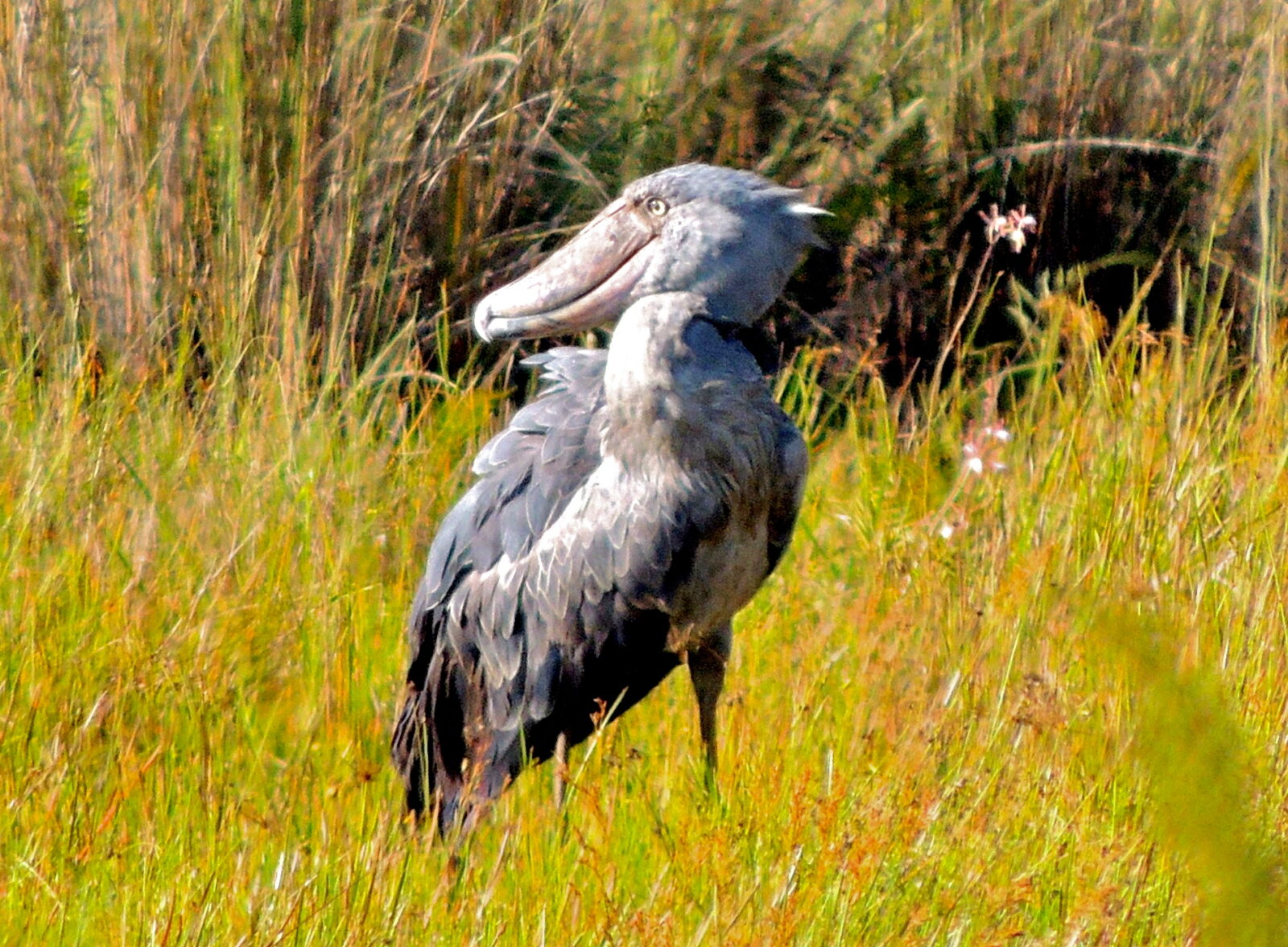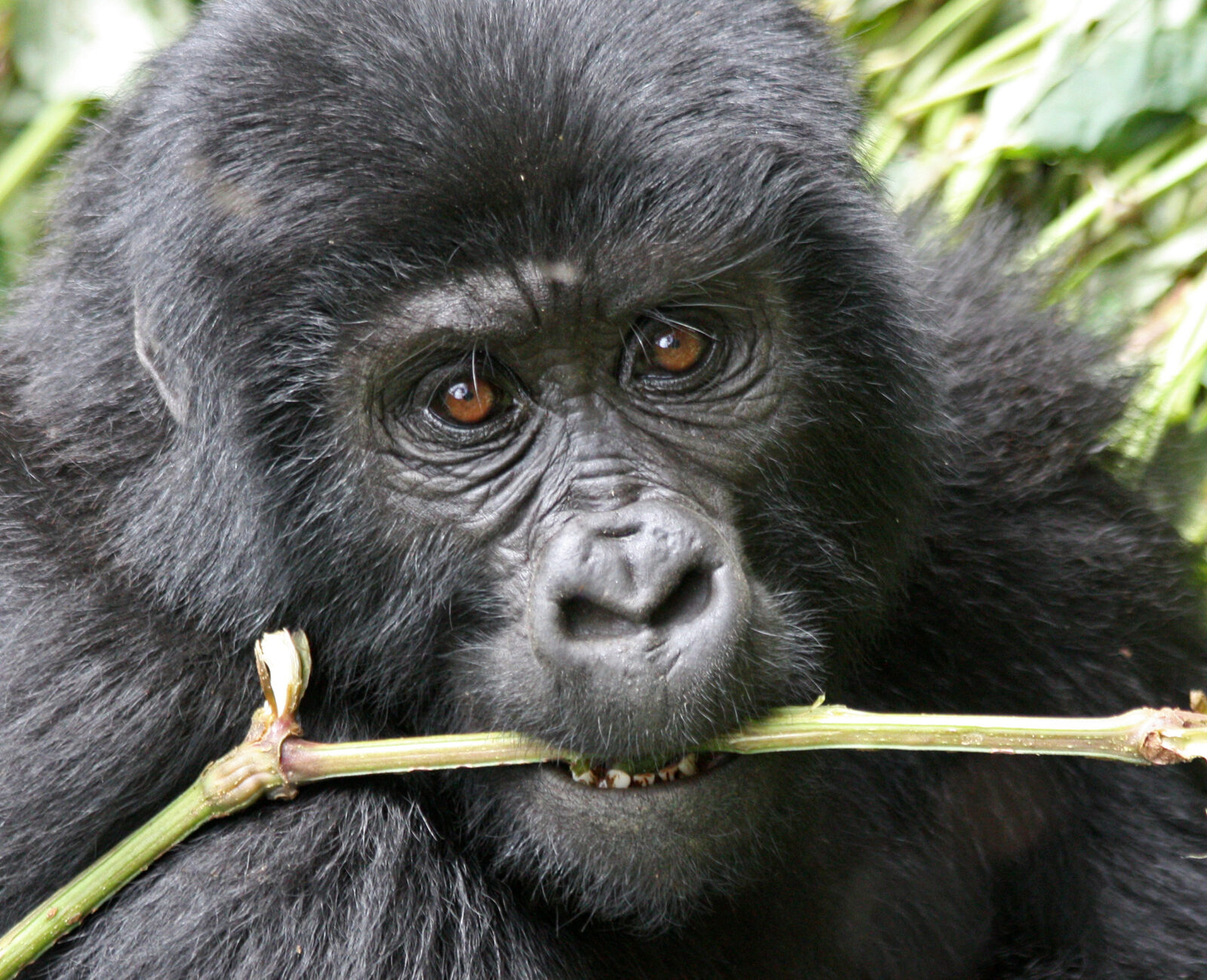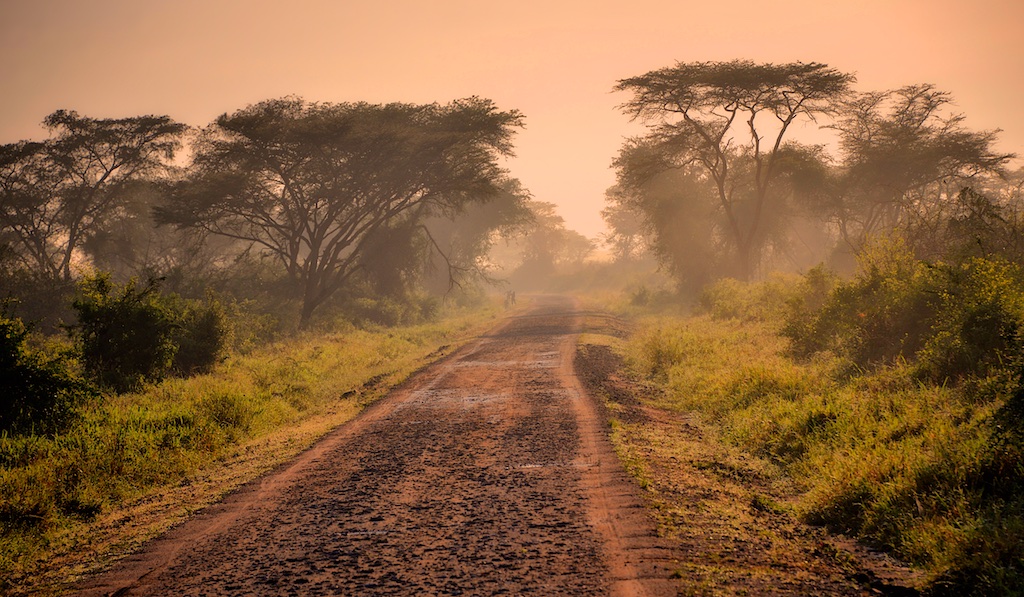Shoebill stork. Amazing facts- Uganda Birding Safaris- Bird tours.
shoebill-stork-Amazing facts – Uganda Birding Safaris– Bird tours. If you have only seen pictures of it, it might look a little unreal until `you have jumped onto that canoe boat with your amazing camera and encounter this rare bird species first hand.
With its big ‘shoe-like’ bill, the shoebill a marvel to see. The shoebill looks mean and a little prehistoric compared to other species in the same bird Shoebill stork.
Shoebill stork. Amazing facts – Uganda Birding Safaris- Bird tours.
-
. Unique Physical Appearance.
Shoebill – stork-Amazing facts – The shoebill can be as tall as 4.5 feet and weigh up to 7 kilograms. Its most outstanding feature is the shoe-shaped bill and its greyish colour. The beak of the shoebill is curved at the tip and has very sharp edges with which the bird uses to cut through its food. The beak is almost 10 inches long, deadly and used for both feeding and protecting itself. The legs are slender and black in colour, very long, with such very large feet. The shoebill wings can spread up to 2.5 meters (8 feet) and can flap about 150 times per minute. This means that when a shoebill spreads its wings, it has a bigger wingspan.
Although it is called a shoebill stork, it is a member of the taxonomic order of Pelecaniformes. These are a family of medium to large-sized water birds. This means they are more closely related to the pelicans, anhingas and gannets than to the storks.
-
Social Habits of the shoebill.
Shoebill stork. Amazing facts -The shoebill stork can live for more than 35 years in the wild. A shoebill stork becomes sexually active at 3 to 4 years of age. It’s such a very quiet and solitary bird. It usually only comes together for mating, building the nesting area and incubating the eggs.
The chicks of a shoe bill are known for being insanely competitive. It is the real survival for the fittest in the shoebill’s nest. They fight each other off until the weakest chick is pushed out. The bigger chicks often pick on the smaller ones especially when the mother is way, and this often drives the defeated bird to live outside of the family.
It is a quiet animal and can go for days without making any noise or sounds except for the flapping of its wings. However, when it does make a sound, it is indeed ground shaking. This is most evidenced in the mating season when the male adult picks out its mate. It will make a resounding clapping-like sound attracting the said female while simultaneously scaring away any competitors and other small animals. The male and female bow to each other as a display of their courtship.The shoebill can fly but not for a long period of time considering it can only flap its wings 150 times a minute (Slowest rate of any bird). It can only fly up to 500 metres. A shoebill spends most of the time standing, hidden and watching out for its prey. It is said that a shoebill can stand motionless for hours while holding their bills close to their necks. Such a meditative and yet cunning hunter.
-
The shoebill Natural Habitat. Shoebill stork. Amazing facts
Shoebill stork. Amazing facts – The Shoebill is endemic to East and Central African, countries of Uganda, DRC, Kenya, Botswana, Tanzania, Ethiopia, Zambia and South Sudan. The shoebill tends to inhabit around freshwater swamps, wetlands and marshlands.
In Uganda, you can see these rare birds in Murchison Falls National Park, Mabamba swamp, Zziwa Rhino Sanctuary, and Lake Mburo National Park. Shoebill stork. Amazing facts
- . The Conservation Status of a shoebill.
The population of shoebills is estimated to be around 5000 in the entire world. Although, it is hard to have the exact number of living shoebills because of their mysterious and elusive nature since they set up nests in hard-to-reach areas for humans. According to the IUCN Redlist, shoebill storks are considered as a vulnerable species. The available data indicate that the population of the shoebill is decreasing. The biggest threat to this interesting bird is humans. The constant encroachment on wetlands for human economic activity is a continuous threat to these birds. Shoebill stork. Amazing facts
- . Food and Diet of a shoebill
Shoebill stork. Amazing facts -The Shoebill is a carnivorous bird that mainly feeds on fish and aquatic features and that explains why they mostly found in wetlands. Shoebills prefer to feed on lungfish but supplement this other assortment like water snakes, frogs, turtles, and occasionally baby crocodiles when the young one’s parents are not around. The bird is known for being a fierce hunter and a patient predator. The shoebill will wait out its prey especially in the shallow ends of wetlands or any floating vegetation to stake out its meal. At the right moment, it strikes promptly and deadly possibly killing its prey in one swift move. Its beak is a fundamental instrument in eating. It is used to catch and kill the prey, as well as to chop off the heads of the prey for ease while swallowing.



